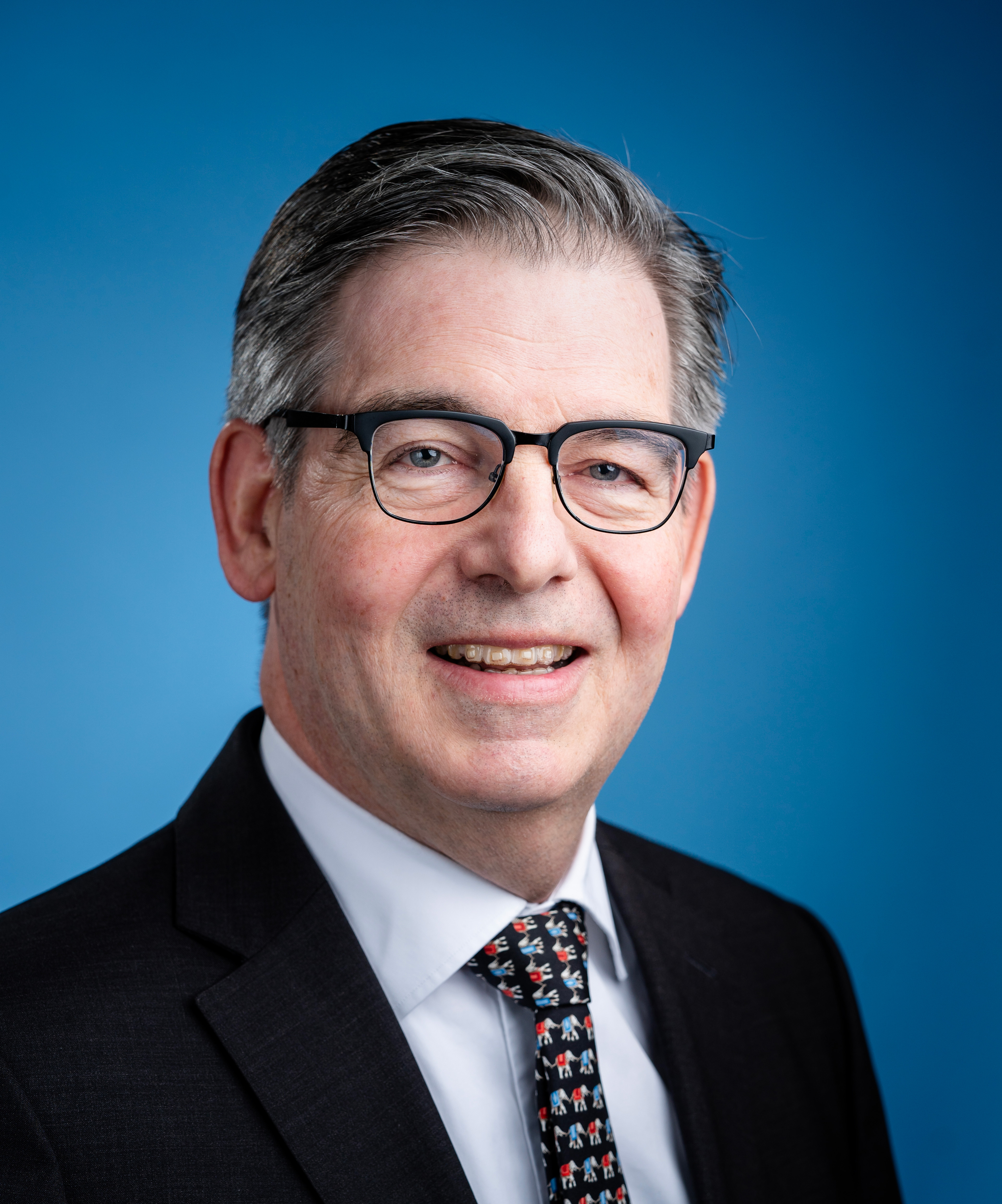Dutch ambassador Simon van der Burg - Finland
The ambassador

Simon van der Burg
Ambassador of the Kingdom of the Netherlands to Finland
See the curriculum vitae of ambassador van der Burg on rijksoverheid.nl (in Dutch).
